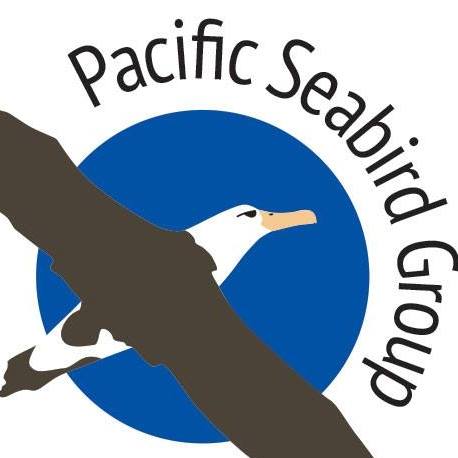
The Pacific Seabird Group (PSG), an organisation committed to the study and conservation of seabirds, has released a statement concerning high pathogenicity avian influenza (HPAI).
The statement stems from a symposium held during PSG's 2024 annual meeting, where the latest findings and developments related to the emergence and spread of HPAI in seabirds were discussed by experts. The symposium focused on the epidemiology, ecology, and evolution of avian influenza in wild bird populations, assessments of mortality and population-level impacts, and strategies for surveillance, prevention, and control.
The PSG statement follws below in full:
The Pacific Seabird Group is releasing this statement in response to the devastating and ongoing worldwide circulation of clade 2.3.4.4b H5N1 viruses and derived reassortants. The resulting Highly Pathogenic Avian Influenza (HPAI) has caused mass mortalities in wild birds, including seabirds, on all continents except for Oceania. Historically, HPAI has been considered a poultry disease. Today it is also a wildlife conservation issue. This fact has been recognized by the Convention on the Conservation of Migratory Species of Wild Animals (CMS), the World Organisation for Animal Health (WOAH) and the Food and Agriculture Organization of the United Nations (FAO), among others.
This statement is a call to action for the seabird community, to highlight the following important activities:
- Addressing significant gaps in our understanding of the epidemiology of this disease.
- Establishing a global reporting system on mass mortality events in seabirds associated with HPAI.
- Conducting population monitoring to evaluate the impact of the disease including quantifying mortality rates and assessing population-level impacts.
- Addressing significant gaps in wild bird HPAI surveillance programs (e.g., sampling of sick and dead seabirds).
- Developing emergency response plans before mass mortality events occur. These plans should consider human safety, HPAI disease surveillance and mortality monitoring, and management and mitigation measures response.
- Improving communication, coordination, and information sharing within the international marine wildlife community, including those focused on both marine birds and marine mammals. This could include using digital capabilities in collecting, processing, and sharing data, information, and knowledge across multisectoral domains. These data can be diverse and include information on best surveillance and response practices to information on virus detection and distribution across space and time.
- Considering the potential impacts of diseases like HPAI when developing or revising conservation and management documents and models.
- Recognizing the links between the drivers of seabird population declines (e.g., habitat loss and fragmentation/degradation, climate change, etc.) and disease emergence.
- Adopting a One Health collaboration/approach for addressing this disease. This approach works at the local, regional, national, and global levels with the goal of achieving optimal health outcomes while recognizing the interconnection between people, animals, plants, and their shared environment. Information on One Health: CDC; IPAC Canada; WHO; G7.
Many of these activities will require financial resources and investments of personnel time. Reallocation of resources from other conservation programs will come at significant costs to the success of those programs.
This statement is motivated by the direct experiences of international seabird managers, biologists, veterinarians, and researchers who participated in a symposium on HPAI in seabirds at the 51st meeting of the Pacific Seabird Group in Seattle, Washington, USA on February 23, 2024. Given our first-hand experience dealing with the ramifications of HPAI in seabirds, we feel compelled to make a statement to bring vital awareness to the issue.
For more information, please see the most recent FAO/CMS Scientific Task Force report on Avian Influenza and Wild Birds: https://www.cms.int/en/publication/h5n1-high-pathogenicity-avian-influenza-wild-birds-unprecedented-conservation-impacts."
While PSG’s focus encompasses all seabird species, including albatrosses and petrels, ACAP has been receiving advice from its own HPAI group dedicated to similar efforts with a focus specifically on albatrosses and petrels worldwide. Despite the different scopes, PSG's recommendations align closely with those of ACAP.
ACAP’s HPAI Group, consisting of thirteen experts on epidemiology, disease risk assessment, and management have authored ACAP’s “Guidelines for working with albatrosses and petrels during the on-going high pathogenicity H5N1 avian influenza panzootic” which are available at the ACAP website, here. A number of additional resources can be found on the Avian Flu web page of the ACAP website including a recording of the Q&A session and wet lab training workshop for working with albatrosses and petrels during the on-going high pathogenicity H5N1 avian influenza outbreak, that took place at the International Albatross and Petrel Conference held in May 2024.
22 July 2024

 English
English  Français
Français  Español
Español